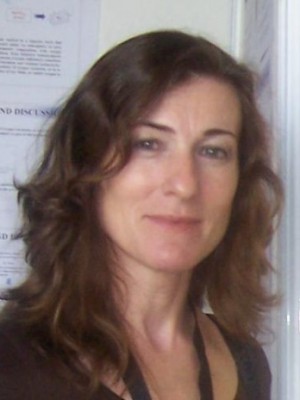resumo
The clinical demand for bone scaffolds as an alternative strategy for bone grafting has increased exponentially and, up to date, numerous formulations have been proposed to regenerate the bone tissue. However, most of these structures lack at least one of the fundamental/ideal properties of these materials (e.g., mechanical resistance, interconnected porosity, bioactivity, biodegradability, etc.). In this work, we developed innovative composite scaffolds, based on crosslinked chitosan with glutaraldehyde (GA), combined with different atomized calcium phosphates (CaP) granules - hydroxyapatite (HA) or biphasic mixtures of HA and beta- tricalcium phosphate (beta-TCP), with improved biomechanical behavior and enhanced biological response. This innovative combination was designed to improve the scaffolds' functionality, in which GA improved chitosan mechanical strength and stability, whereas CaP granules enhanced the scaffolds' bioactivity and osteoblastic response, further reinforcing the scaffolds' structure. The biological assessment of the composite scaffolds showed that the specimens with 0.2% crosslinking were the ones with the best biological performance. In addition, the inclusion of biphasic granules induced a trend for increase osteogenic activation, as compared to the addition of HA granules. In conclusion, scaffolds produced in the present work, both with HA granules or the biphasic ones, and with low concentrations of GA, have shown adequate properties and enhanced biological performance, being potential candidates for application in bone tissue engineering.
palavras-chave
IN-VIVO EVALUATION; LINKED CHITOSAN; MECHANICAL CHARACTERIZATION; DEACETYLATION DEGREE; COMPOSITE SCAFFOLDS; HYDROXYAPATITE; BIOMATERIALS; DIFFERENTIATION; MICROSPHERES; REGENERATION
categoria
Materials Science
autores
Pinto, RV; Gomes, PS; Fernandes, MH; Costa, MEV; Almeida, MM
nossos autores
Grupos
G2 - Materiais Fotónicos, Eletrónicos e Magnéticos
G5 - Materiais Biomiméticos, Biológicos e Vivos
agradecimentos
This work was developed within the scope of the project CICECO-Aveiro Institute of Materials, FCT Ref. UID/CTM/50011/2019, and by REQUIMTE project UID/QUI/50006/2019, financed by national funds through the FCT/MCTES.



